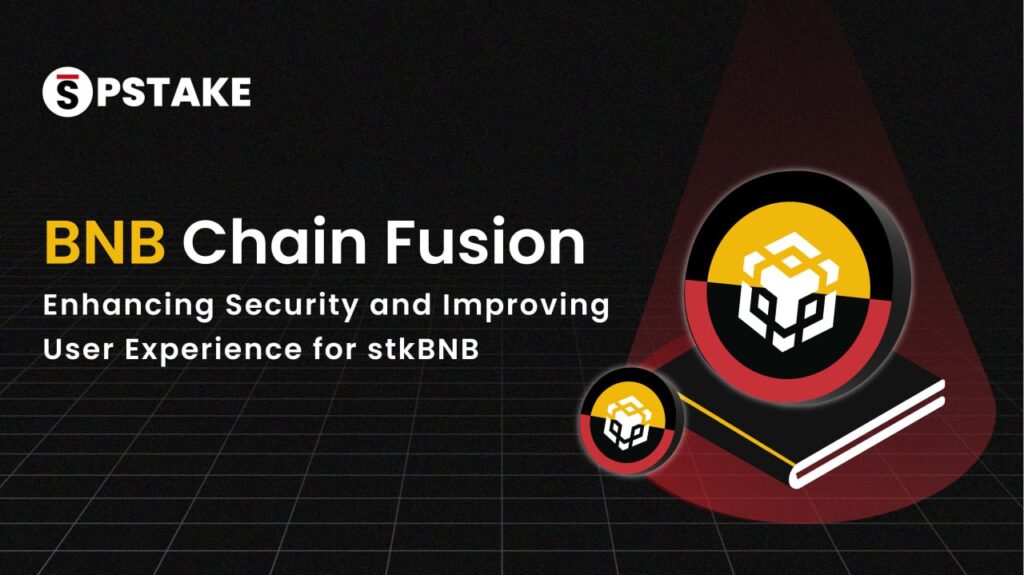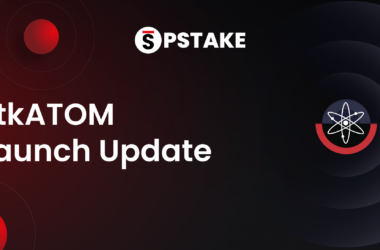DeFi is taking the world by storm. Blowing away the traditional financial system most are familiar with today in integrity, reliability, and ability to produce a consistently higher return on investment than centralized finance (or CeFi), it’s no wonder why more and more investors are turning to decentralized finance. However, although DeFi’s popularity is on the rise, it hasn’t yet penetrated the consciousness of the masses.
What is DeFi & why does that matter to me?
DeFi (or decentralized finance) is a system that makes financial products available to everyone. Rather than requiring middlemen like banks and brokerages (whose fees and identification requirements make the barrier to entry prohibitively high and exclude many from participating in the global financial system), DeFi puts financial products on a public blockchain so that anyone who can use the software (or smart contracts) can make use of the services they offer. These services include (but are not limited to): lending, borrowing, buying, selling, and exchanging digital currencies, art, and other assets.
Whether or not you live in an economically prosperous region where banks and access to digital identity information (like social security numbers) are abundant, DeFi’s ascent matters because its adoption ensures that more people (and more capital) will be able to participate in the global economy. Over time, this decentralization will ensure that if (and when) existing financial institutions fall, the world doesn’t fall with them — like it did in the Great Recession. Beyond that, learning about DeFi should matter to you because your knowledge of how to use its services and applications will give you more control over your money and personal finances as it continues to replace the existing financial system.
What’s the downside?
Despite its many advantages though, this new decentralized model of finance isn’t without its own set of inherent weaknesses, which are embedded in the algorithms that control the smart contract economy.
Many investors view staked assets’ illiquidity as DeFi’s primary limitation. In short, they want to be able to generate returns on assets that are already staked (locked), and they aren’t alone. Smart contract developers are also focused on creating liquid staking solutions that will enable DeFi to overcome this disadvantage.
Staking vs Liquid Staking: What’s the difference?
In typical proof-of-stake (PoS) protocols, stakers lock their assets for lengthy durations. Those assets then accrue interest via a fixed rate to generate returns for the stakers. Much like a Certificate of Deposit (CD), this model guarantees that stakers will earn returns on their investments; however, it also restricts their opportunity to generate even more lucrative returns.
Those who have 100% of their holdings staked know the plight of inaccessible liquidity all too well. While illiquid assets may make their holders’ on-paper net worths look great, they can’t be accessed to invest in potentially more lucrative opportunities.
Enter liquid staking solutions
Liquid staking solutions enable stakers to use their locked assets as collateral for other trading or investment opportunities, giving stakers a distinct advantage in terms of yield generation opportunities. With liquid staking, stakers can earn:
- Rewards from the interest their staked assets generate
AND
- Potential returns from additional trading or investing opportunities that they identify
How?
Liquid staking works by tokenizing stakes so their holders are able to use them as collateral in outside financial applications. Stakeholders can then freely trade these tokenized stakes (often referred to as staking derivatives) between themselves, on exchanges, and even on different blockchains.
Oh, that’s why liquid staking is so desirable!
Yup, you’ve got it! The demand for liquid staking solutions has been growing almost as steadily as DeFi itself because it empowers stakers to radically increase their potential to earn yield. Several new crypto projects focused on this feature are launching in the DeFi ecosystem, and crypto enthusiasts are anxious to make use of them and further monetize their stakes.
Wrapping Up
DeFi is still in its infancy, but infants grow quickly! One thing that’s certain is that liquid staking will play an important role in the future of decentralized finance. Platforms that allow stakers to maximize their ROIs will propel DeFi into the next stage of its evolution, where collateralizing staked assets to generate additional yield isn’t only possible, it’s easy and available to everyone!










